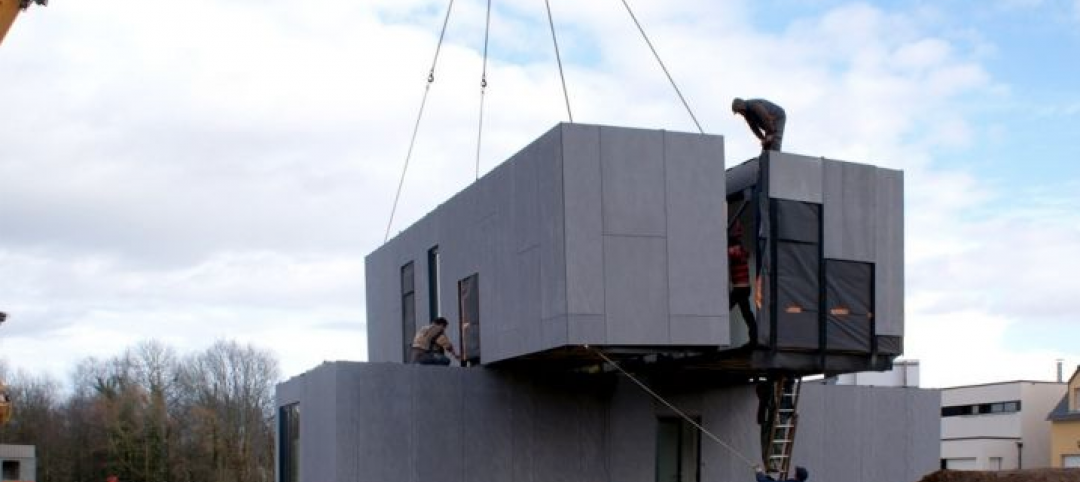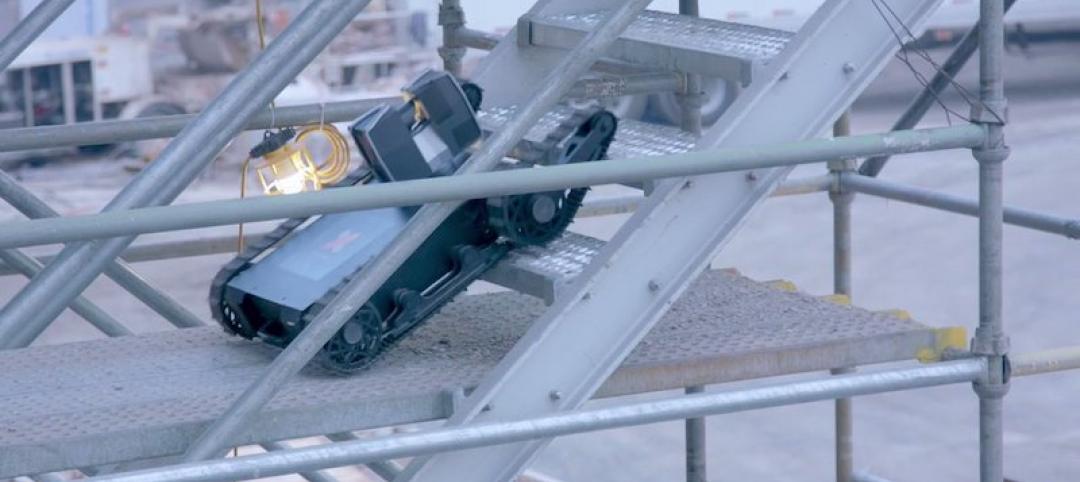Like a game Snake come to life, a new robot being developed at Stanford grows like a vine and has the ability to weave through tight spaces to provide applications from disaster relief to simplifying construction projects.
The main idea behind the robot is uncomplicated; the “snake” is a tube of soft thin plastic that is folded inside itself. As the material is forced out, either pneumatically or hydraulically, the robot grows longer. According to Stanford, the robot’s design is so useful because the tip moves and results in growth while the body remains stationary, making it incredibly difficult for the robot to become stuck.
“The body can be stuck to the environment or jammed between rocks, but that doesn’t stop the robot because the tip can continue to progress as new material is added to the end,” says Elliot Hawkes, a visiting Assistant Professor from the University of California, Santa Barbara in a Stanford article on the robot.
As the robot grows, it can pull cables along, which means it could be used in the construction industry to help wire new and renovated buildings by traveling in the walls, floors, or ceilings. The robot can make turns via a control system that differentially inflates the body and a software system bases direction decisions on images received from a camera at the tip, so pipes or other obstacles already located in the wall, ceiling, or floor space become non-issues.
Other applications include scaling the robot up for search and rescue operations, growing vertically to act as an antenna, or being used to deliver materials, such as water, to hard to reach places.
The robot is detailed in a Science Robotics paper published on June 19.
Related Stories
Modular Building | Aug 6, 2018
More contractors are turning to offsite production for speed and quality
Skender launches an advanced manufacturing division. Katerra ups its bet on modular. Prefabrication comes to the rescue on multiple projects.
Modular Building | Jul 23, 2018
Offsite construction: Why it’s important for the survival of your firm
The industry is approaching its “heart attack moment,” with so many large projects that are chronically late, over budget, and unprofitable, writes FMI Capital Advisors’ Michael Swistun.
Building Technology | Jul 17, 2018
Construction technology is catnip for investors
JLL, in a new report that tracks this trend, cites three areas where startups are most active.
Accelerate Live! | Jun 24, 2018
Watch all 19 Accelerate Live! talks on demand
BD+C’s second annual Accelerate Live! AEC innovation conference (May 10, 2018, Chicago) featured talks on AI for construction scheduling, regenerative design, the micro-buildings movement, post-occupancy evaluation, predictive visual data analytics, digital fabrication, and more. Take in all 19 talks on demand.
Building Technology | Jun 13, 2018
Rovers set to invade construction jobsites
This autonomous construction management tool tracks jobsite progress in real time.
| May 30, 2018
Accelerate Live! talk: Seven technologies that restore glory to the master builder
In this 15-minute talk at BD+C’s Accelerate Live! conference (May 10, 2018, Chicago), AEC technophile Rohit Arora outlines emerging innovations that are poised to transform how we design and build structures in the near future.
| May 30, 2018
Accelerate Live! talk: Why the AEC industry must adapt to the Internet of Things boom
In this 15-minute talk at BD+C’s Accelerate Live! conference (May 10, 2018, Chicago), building systems expert Jeff Carpenter explores established and emerging IoT applications for commercial and institutional buildings, and offers a technology roadmap for navigating the IoT landscape.
| May 30, 2018
Accelerate Live! talk: T3 mass timber office buildings
In this 15-minute talk at BD+C’s Accelerate Live! conference (May 10, 2018, Chicago), architect and mass timber design expert Steve Cavanaugh tells the story behind the nation’s newest—and largest—mass timber building: T3 in Minneapolis.
| May 30, 2018
Accelerate Live! talk: An AEC giant’s roadmap for integrating design, manufacturing, and construction
In this 15-minute talk at BD+C’s Accelerate Live! conference (May 10, 2018, Chicago), Skender CEO Mark Skender and Chief Design Officer Tim Swanson present the construction giant’s vision for creating a manufacturing-minded, vertically-integrated design-manufacturing-build business model.












